Rosado wine, also known as rosé, is a type of wine that has been gaining popularity in recent years. It is a pink-colored wine that is made from red grapes, but the skin is removed from the juice after a short period of time, giving it a lighter color than red wine. Rosado wine can range from sweet to dry, and it is known for its refreshing taste and versatility.
The history of rosado wine can be traced back to ancient Greece, where it was made by blending red and white wines. However, rose wine as we know it today originated in the Provence region of France in the 18th century. It became popular in the United States in the 1970s and has since become a staple in many wine collections.
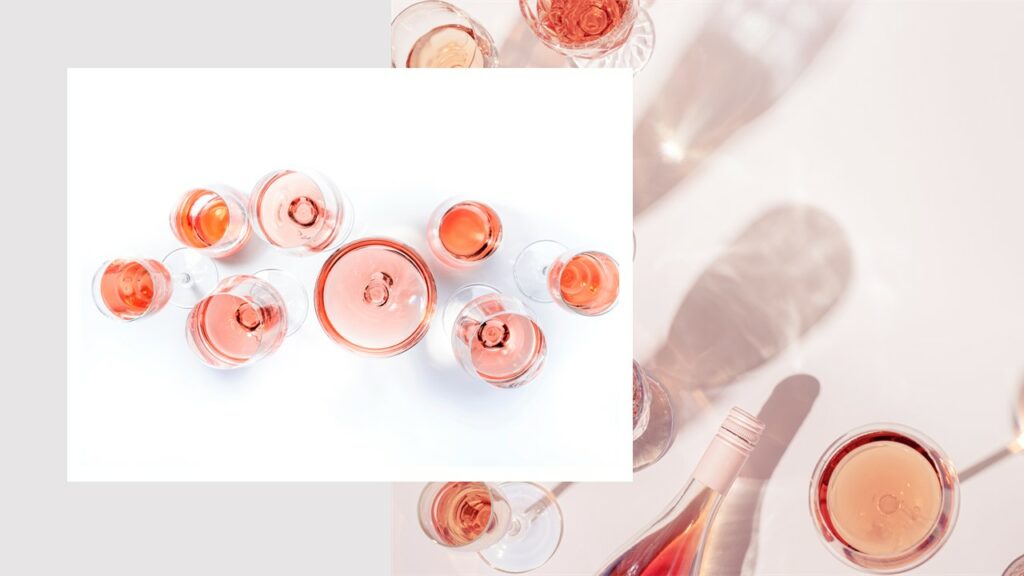
Key Takeaways
- Rosado wine is a pink-colored wine made from red grapes, with the skin removed after a short period of time.
- Rosado wine has a refreshing taste and can range from sweet to dry.
- Rosado wine originated in the Provence region of France in the 18th century and has become a popular wine choice in recent years.
History of Rosado Wine
Rosado wine, also known as rosé wine, has a long and interesting history. The first recorded production of rosé wine dates back to ancient Greece, where the wine was made by blending red and white grapes together. This technique was also used in ancient Rome and throughout the Middle Ages.
The popularity of rosé wine surged in the 18th century, particularly in France, where it became known as a refreshing summer wine. The French began producing rosé wine using a process called saignée method, which involves bleeding off some of the juice from the grapes after they have been crushed and allowing it to ferment separately. This method results in a deeper color and more complex flavor profile.
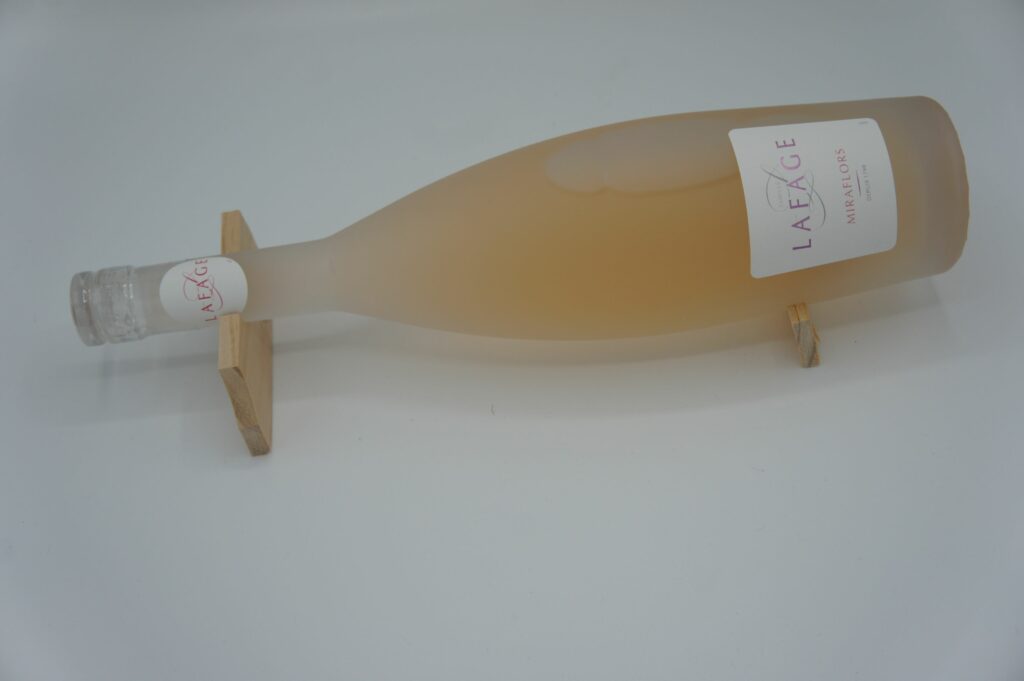
In the 20th century, rosé wine experienced a decline in popularity as many wine drinkers began to favor red and white wines. However, in recent years, rosé wine has made a comeback and is now a popular choice among wine enthusiasts worldwide.
Today, rosé wine is produced in many countries around the world, including France, Spain, Italy, the United States, and Australia. It is made using a variety of techniques, including blending, saignée, and direct pressing, which involves pressing the grapes immediately after they are harvested.
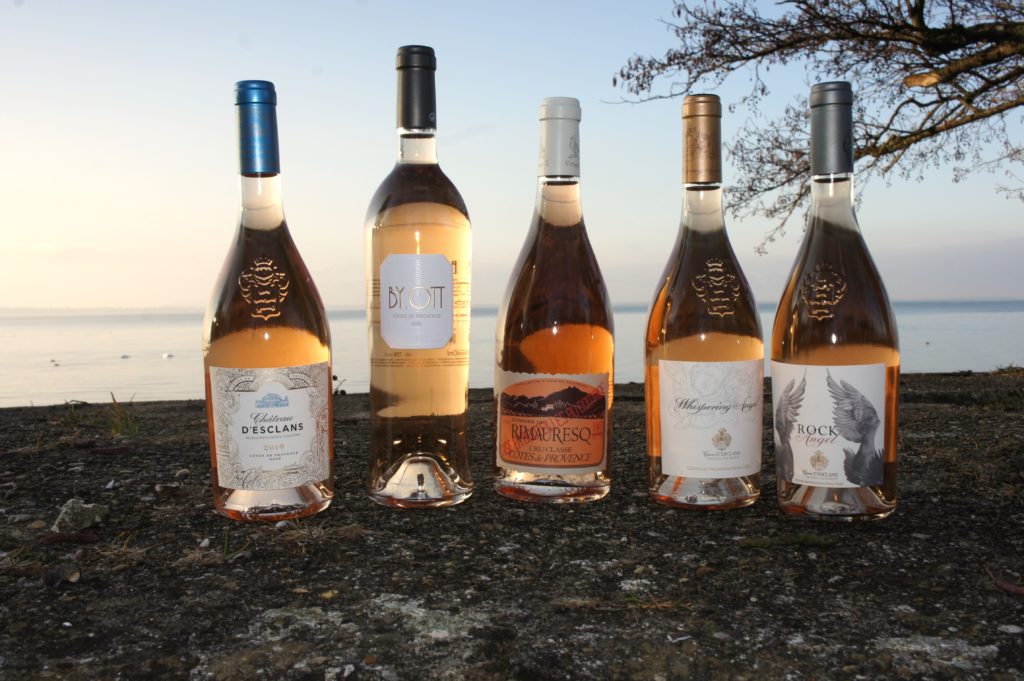
Overall, the history of rosé wine is rich and varied, and it continues to evolve as winemakers experiment with new techniques and flavors. Whether enjoyed on its own or paired with food, rosé wine remains a beloved and versatile beverage.
Production Process
Harvesting
The production of Rosado wine starts with the careful selection of grapes. Typically, winemakers choose red grapes with thin skins and low tannins. These grapes are harvested by hand or machine in the early morning hours to ensure they are cool when they reach the winery.
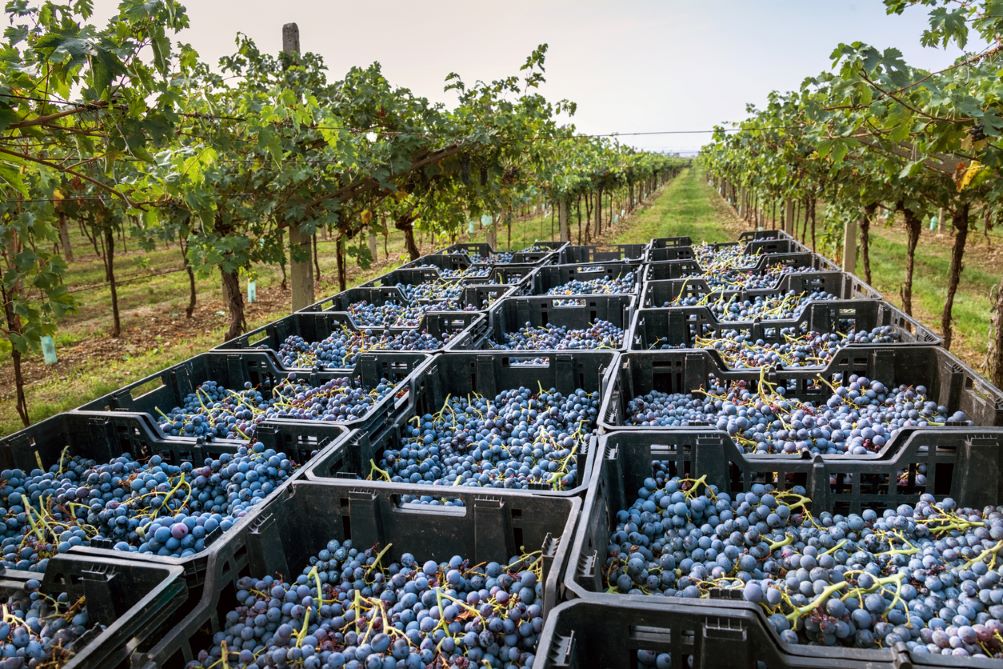
Fermentation
Once the grapes are harvested, they are destemmed and crushed. The juice is then left in contact with the skins for a short period, usually between 12 and 24 hours. This process is known as maceration and gives the wine its characteristic pink color. After maceration, the juice is separated from the skins and fermented in stainless steel tanks at a cool temperature to preserve the fruity and floral aromas.
Aging
After fermentation, the wine is aged for a few months in stainless steel tanks or oak barrels. The aging process helps to soften the tannins and develop more complex flavors and aromas. Some winemakers also use lees stirring, a technique that involves stirring the wine with the dead yeast cells, to add creaminess and texture to the wine.
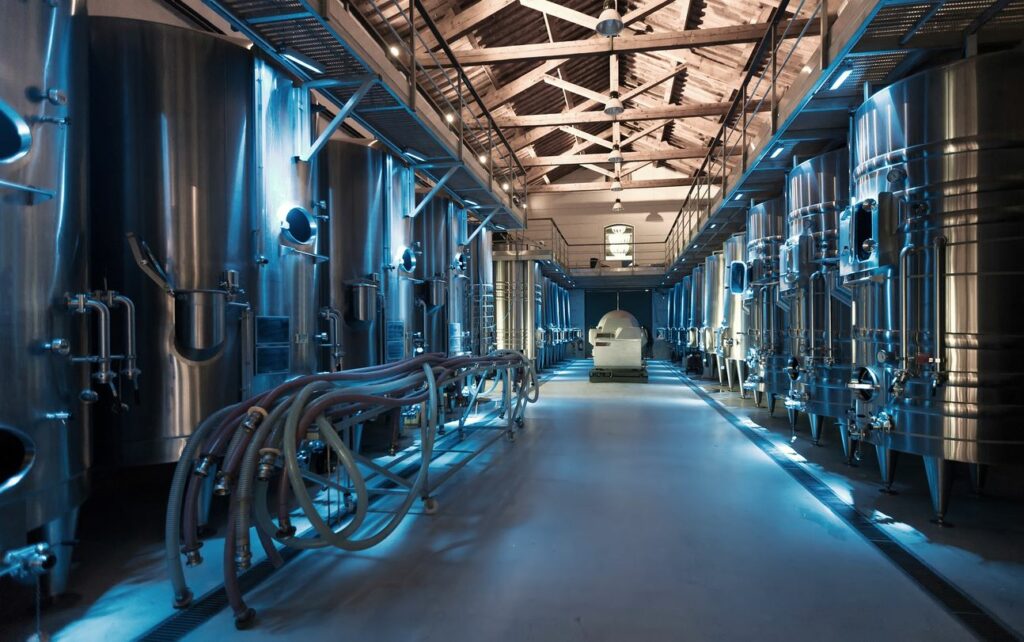
Bottling
Once the wine has reached the desired flavor and aroma profile, it is bottled and aged for a few more months before being released to the market. The bottles are stored horizontally to keep the cork moist and prevent oxidation.
Overall, the production process of Rosado wine is a delicate and precise art that requires skill and attention to detail. From the selection of grapes to the bottling process, every step plays a crucial role in creating a high-quality and flavorful wine.
Varieties of Rosado Wine
Rosado wine, also known as rosé wine, is a type of wine that is produced by allowing the grape skins to remain in contact with the juice for a short time. This results in a wine that is lighter in color than red wine, but darker than white wine. There are several varieties of rosado wine, each with their own unique characteristics and flavor profiles.
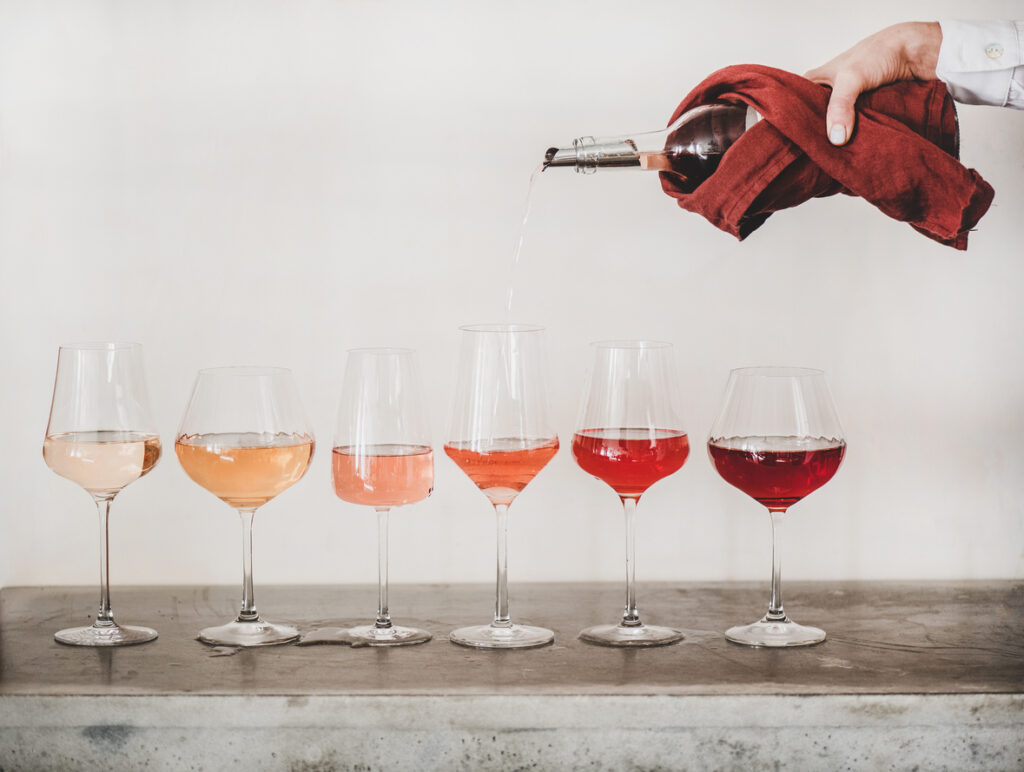
Garnacha Rosado
Garnacha Rosado, also known as Grenache Rosé, is a popular variety of rosado wine that is produced from the Garnacha grape. This grape is known for its versatility and is grown in several wine regions around the world. Garnacha Rosado is typically light in color and has a fruity flavor profile with notes of strawberry, raspberry, and watermelon. It is a great wine to pair with light meals, such as salads, seafood, and grilled vegetables.
Tempranillo Rosado
Tempranillo Rosado is a type of rosado wine that is produced from the Tempranillo grape. This grape is primarily grown in Spain and is known for its bold flavor profile and high tannin levels. Tempranillo Rosado is typically darker in color than other varieties of rosado wine and has a more complex flavor profile with notes of cherry, plum, and spice. It is a great wine to pair with hearty meals, such as grilled meats and stews.
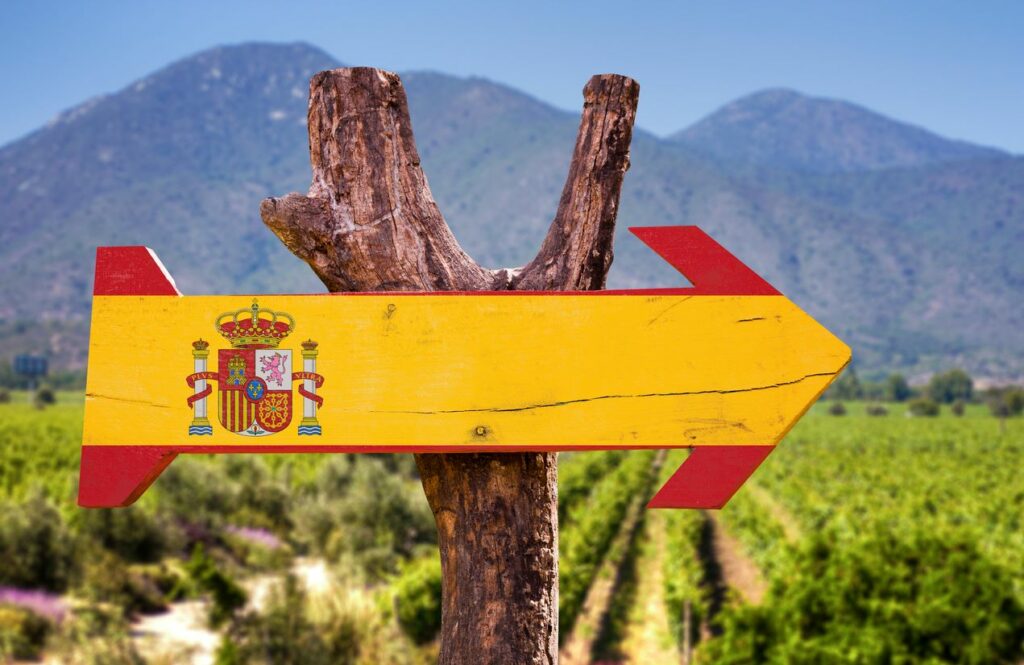
Cabernet Sauvignon Rosado
Cabernet Sauvignon Rosado is a variety of rosado wine that is produced from the Cabernet Sauvignon grape. This grape is primarily grown in France and is known for its full-bodied flavor profile and high tannin levels. Cabernet Sauvignon Rosado is typically darker in color than other varieties of rosado wine and has a more complex flavor profile with notes of blackberry, cassis, and oak. It is a great wine to pair with rich meals, such as steak and roasted vegetables.
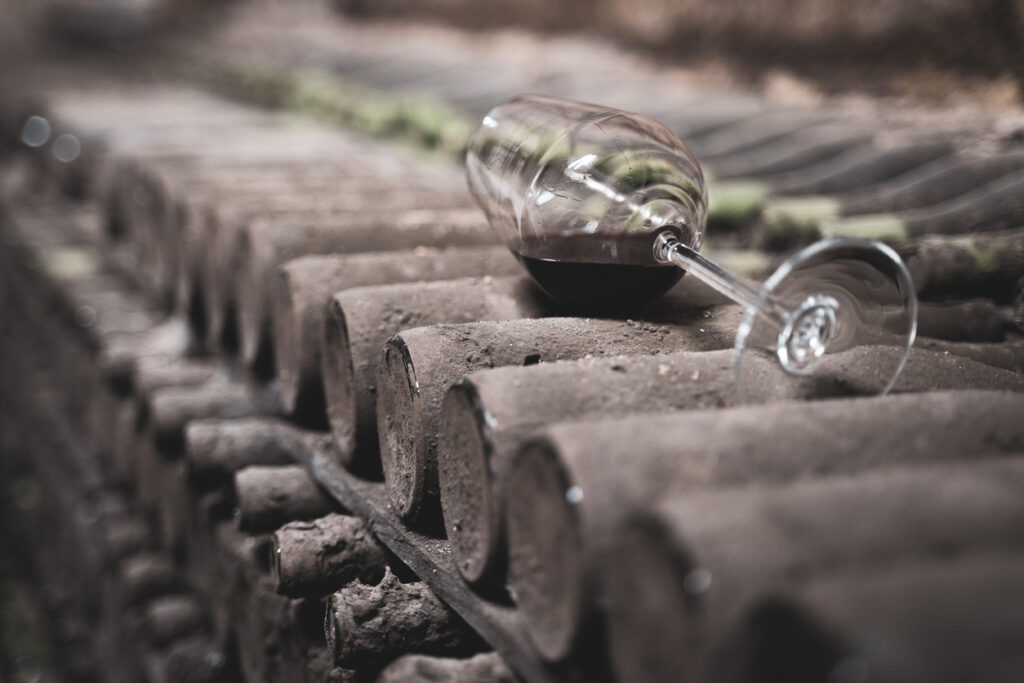
Overall, there are several varieties of rosado wine to choose from, each with their own unique characteristics and flavor profiles. Whether you prefer a light and fruity wine or a bold and complex wine, there is a rosado wine out there for everyone.
Tasting Notes
Color
Rosado wine is known for its beautiful pink color that ranges from pale salmon to deep rose. The color is derived from the grape skins that are in contact with the juice during the winemaking process. A lighter pink usually indicates a lighter-bodied wine, while a deeper pink can indicate a fuller-bodied wine.

Aroma
Rosado wine typically has a delicate and fresh aroma, with notes of red fruits like strawberry, raspberry, and cherry. Some rosado wines may also have floral notes like rose or violet. The aroma is often a good indicator of the wine’s flavor profile.
Flavor
Rosado wine is known for its refreshing and crisp taste, making it a perfect choice for warm weather or as an aperitif. The wine typically has flavors of red fruits, with a balance of acidity and sweetness. Some rosado wines may also have a slight herbal or mineral note, depending on the grape variety and region.

Overall, rosado wine is a versatile and enjoyable wine that can be paired with a variety of foods or enjoyed on its own. Its refreshing and crisp taste makes it a popular choice for many wine lovers.
Pairing Rosado Wine
Rosado wine is a versatile wine that pairs well with a variety of foods. Whether you are looking to pair it with cheese, meat, or vegetarian dishes, there are many options to choose from.
Cheese Pairings
Rosado wine pairs well with a variety of cheeses, including soft and hard cheeses. Soft cheeses such as brie, camembert, and goat cheese complement the fruity and floral notes of the wine. Harder cheeses such as cheddar and gouda pair well with the wine’s acidity and tannins.
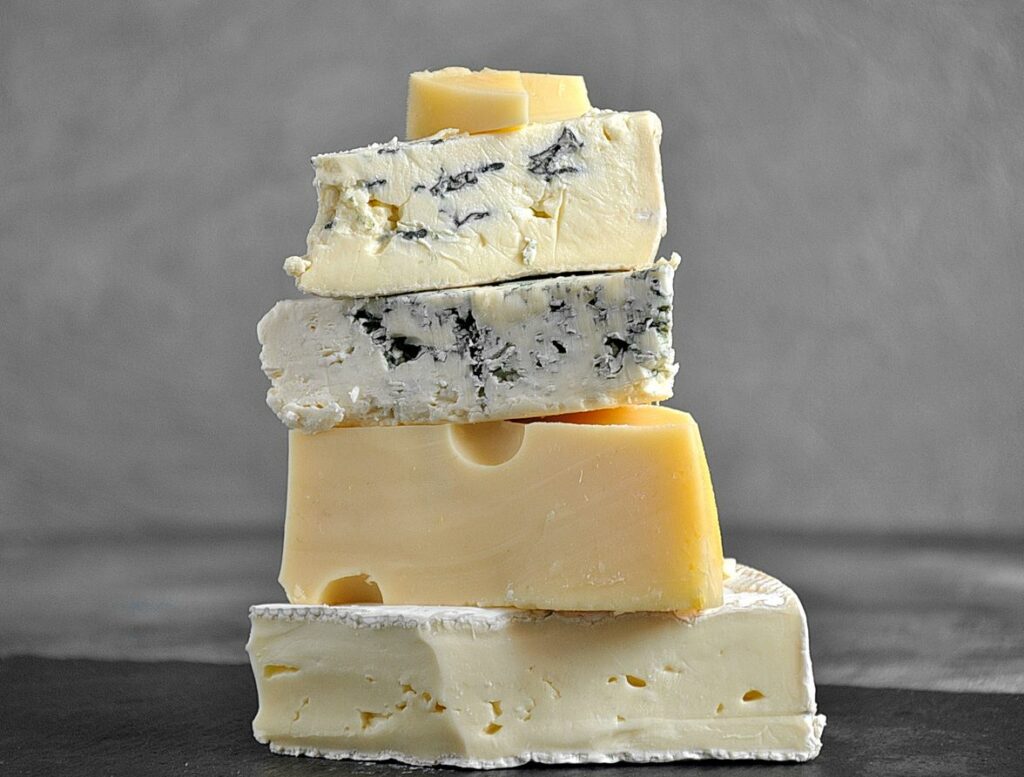
Meat Pairings
Rosado wine pairs well with a variety of meats, including chicken, pork, and seafood. Grilled chicken or pork with a light marinade pairs well with the wine’s fruity notes. Seafood such as shrimp or salmon also pairs well with the wine’s acidity.
Vegetarian Pairings
Rosado wine pairs well with vegetarian dishes such as roasted vegetables, pasta dishes, and salads. Roasted vegetables such as asparagus, bell peppers, and zucchini complement the wine’s fruity and floral notes. Pasta dishes such as spaghetti with tomato sauce or pesto also pair well with the wine’s acidity.
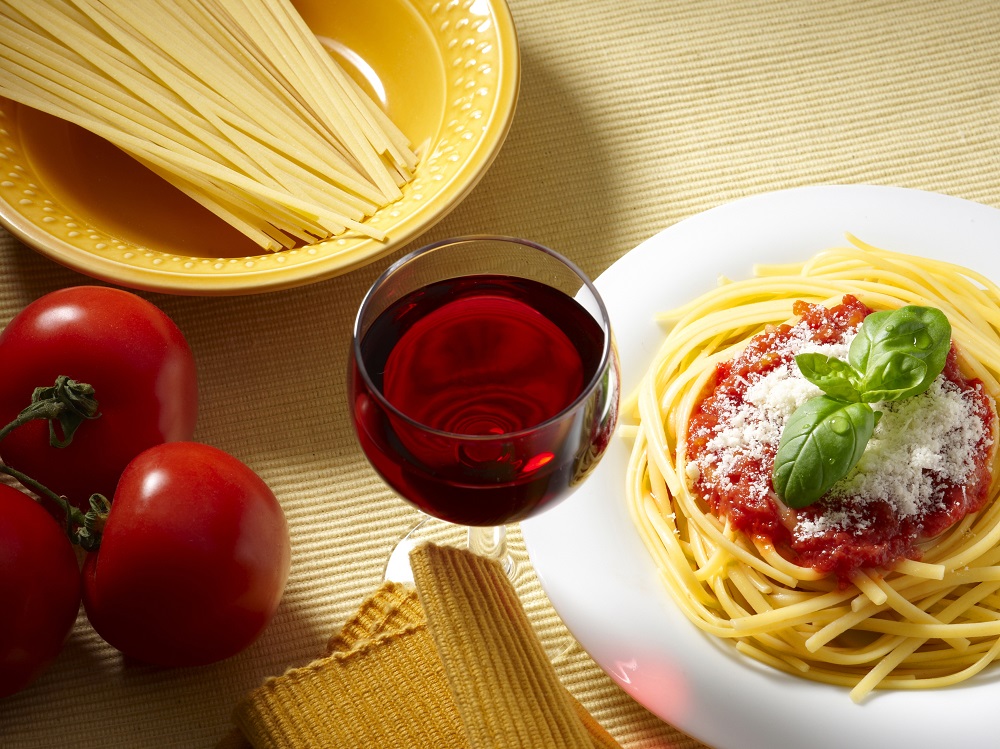
Overall, rosado wine is a versatile wine that can be paired with a variety of foods. Whether you are looking to pair it with cheese, meat, or vegetarian dishes, there are many options to choose from.
Storing and Serving Rosado Wine
Ideal Temperature
Rosado wine should be stored in a cool, dark place with a consistent temperature. The ideal temperature for storing rosado wine is between 50°F and 55°F (10°C and 13°C). Fluctuations in temperature can damage the wine and affect its flavor. It is also important to store rosado wine away from light, as exposure to light can cause the wine to age prematurely and develop off flavors.
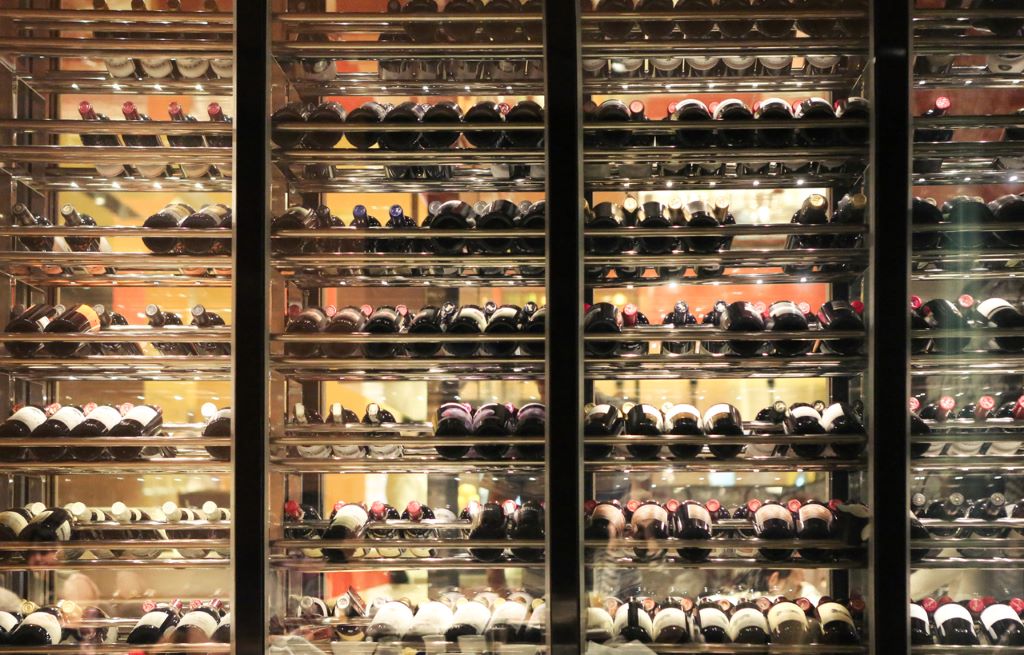
When serving rosado wine, it is best to chill it to a temperature between 45°F and 50°F (7°C and 10°C). This will enhance the wine’s refreshing qualities and make it more enjoyable to drink. However, be careful not to over-chill the wine, as this can mute its delicate aromas and flavors.
Glassware
The type of glassware used to serve rosado wine can also have a significant impact on its taste and aroma. Ideally, rosado wine should be served in a glass with a narrow mouth and a wide bowl. This allows the wine to breathe and release its aromas, while also concentrating them for a more intense flavor.
It is also important to use clean, unblemished glassware when serving rosado wine. Any residue or impurities on the glass can affect the wine’s taste and aroma, so it is best to wash the glasses thoroughly before using them.
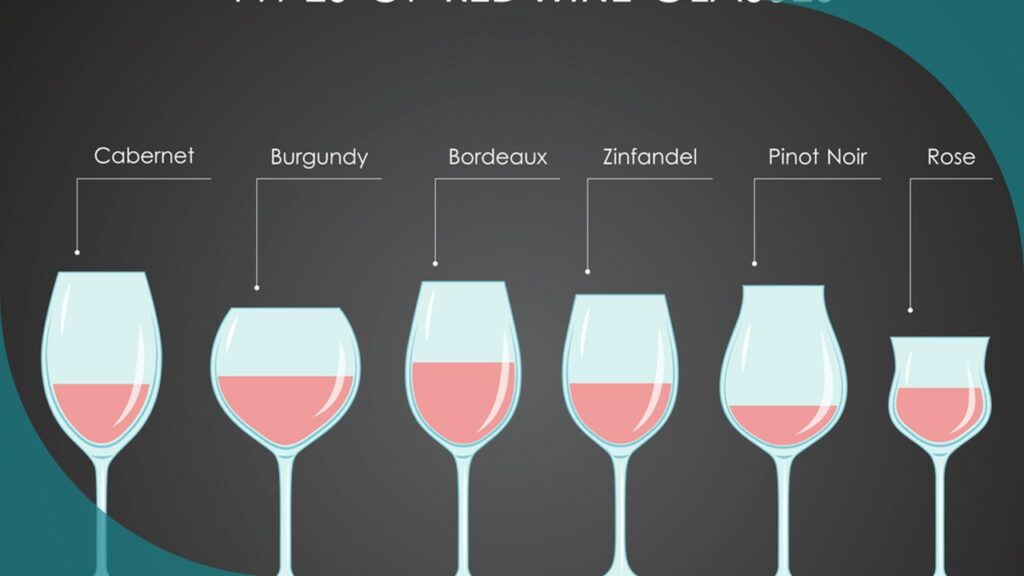
In summary, storing and serving rosado wine requires attention to detail and a careful approach. By keeping the wine at the ideal temperature and using appropriate glassware, you can enhance its flavor and aroma and fully appreciate its unique qualities.
Popular Rosado Wine Regions
Spain
Spain is known for producing high-quality Rosado wines, which are often made using the Tempranillo grape variety. The wine is typically light, crisp, and refreshing, with flavors of red fruits and a hint of acidity. Some of the most popular regions in Spain for Rosado wine include:
- Rioja: Known for producing some of the best Rosado wines in Spain, Rioja is located in the northern part of the country and is home to many wineries that specialize in Rosado production.
- Navarra: Located in the northeast of Spain, Navarra is another popular region for Rosado wines. The wines produced here are often made using Garnacha grapes and are known for their bright, fruity flavors.
- Catalonia: This region, located in the northeast of Spain, is known for producing a wide variety of wines, including Rosado. The wines produced here are often made using local grape varieties such as Trepat and Garnacha.
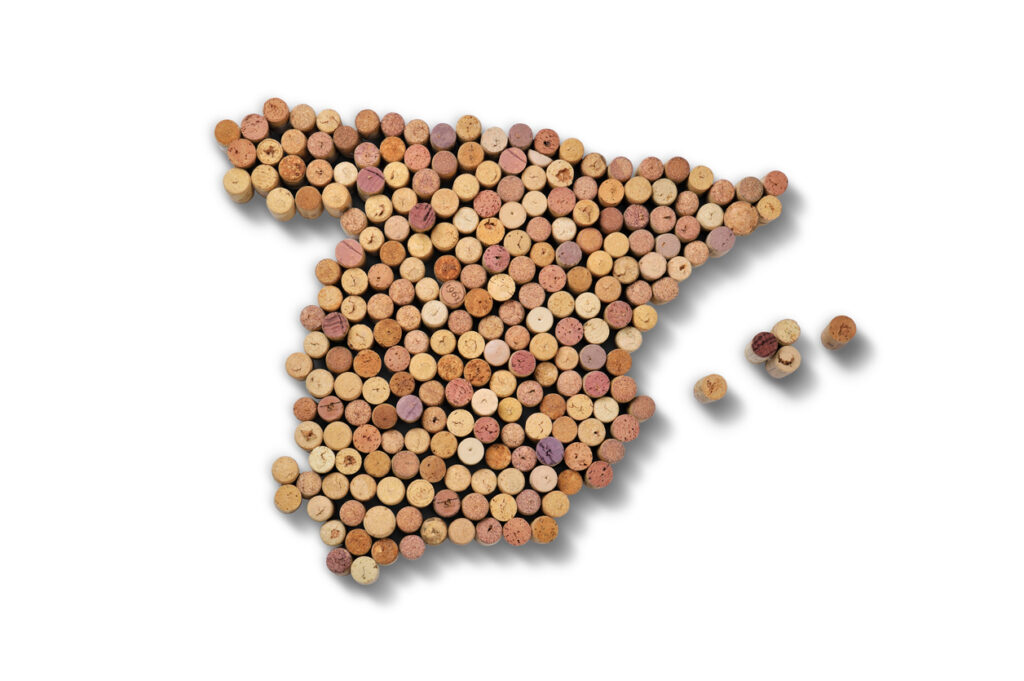
France
France is another popular region for Rosado wines, with many wineries producing high-quality blends. The wines produced here are often made using Grenache, Cinsault, and Syrah grape varieties. Some of the most popular regions in France for Rosado wine include:
- Provence: Located in the southeast of France, Provence is known for producing some of the best Rosado wines in the world. The wines produced here are often light, crisp, and refreshing, with flavors of red fruits and a hint of minerality.
- Languedoc: This region, located in the south of France, is known for producing a wide variety of wines, including Rosado. The wines produced here are often made using a blend of grape varieties and are known for their fruity, refreshing flavors.

Italy
Italy is another popular region for Rosado wines, with many wineries producing high-quality blends. The wines produced here are often made using Sangiovese and Montepulciano grape varieties. Some of the most popular regions in Italy for Rosado wine include:
- Tuscany: This region, located in central Italy, is known for producing some of the best Rosado wines in the country. The wines produced here are often light, crisp, and refreshing, with flavors of red fruits and a hint of acidity.
- Abruzzo: Located in the south of Italy, Abruzzo is another popular region for Rosado wines. The wines produced here are often made using Montepulciano grapes and are known for their bright, fruity flavors.
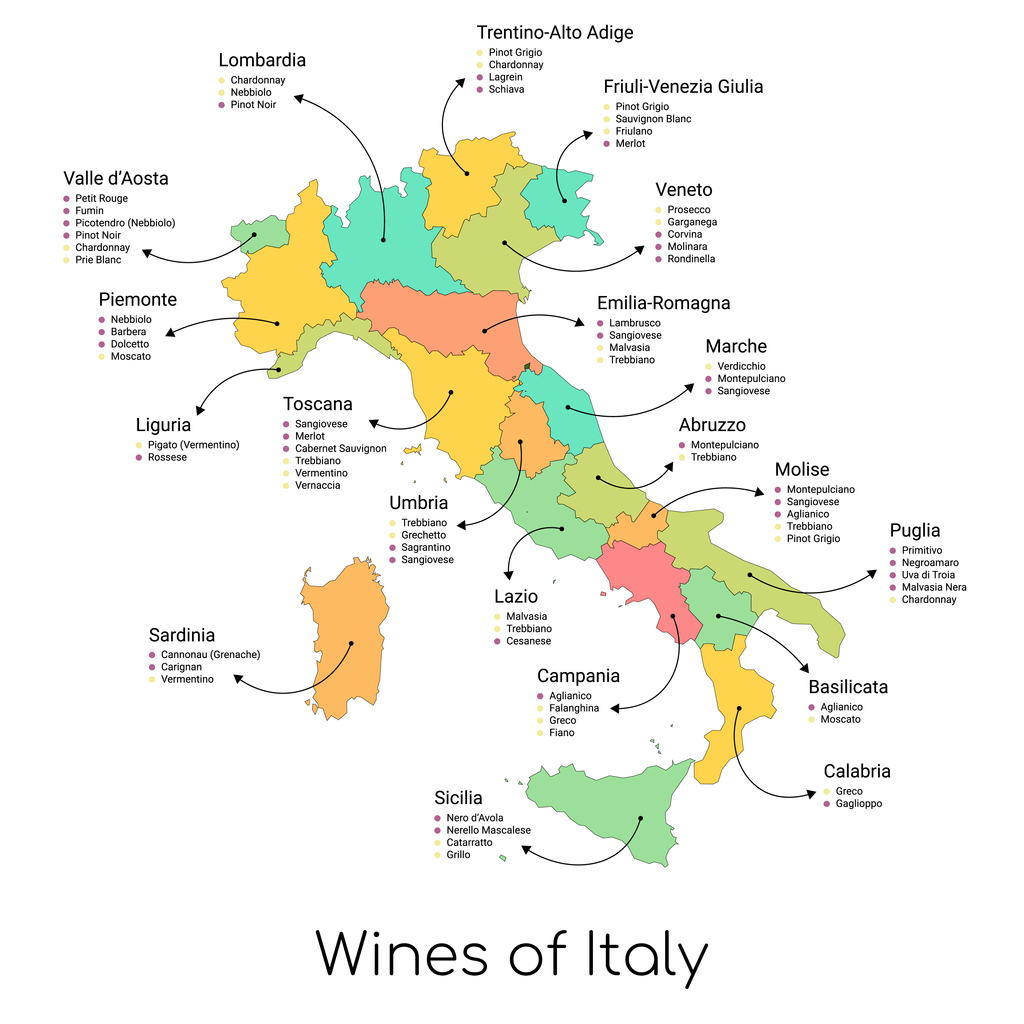
Frequently Asked Questions
What type of wine is rosado?
Rosado wine is a type of wine that is made from red grapes. It is also known as rosé wine or blush wine. The color of the wine can range from pale pink to a deeper shade of pink, depending on the grape variety and the winemaking process.
Is rosado sweet or dry?
Rosado wine can be either sweet or dry, depending on the winemaking process. Some rosado wines are made with residual sugar, which gives them a sweet taste, while others are fermented until all the sugar is converted to alcohol, resulting in a dry taste.
What is the difference between rosé and rosado wine?
Rosé and rosado wine are essentially the same thing, with the only difference being the language used to describe them. Rosé is the French term, while rosado is the Spanish term.
What does rosado wine taste like?
The taste of rosado wine can vary depending on the grape variety and the winemaking process. Generally, rosado wine has a light and refreshing taste, with notes of red fruits such as strawberry, raspberry, and cherry. Some rosado wines may also have a hint of citrus or floral notes.
What foods pair well with rosado wine?
Rosado wine pairs well with a variety of foods, including seafood, salads, grilled vegetables, and light pasta dishes. It also pairs well with spicy foods and can help to balance out the heat.
What are some popular brands of rosado wine?
Some popular brands of rosado wine include Bodegas Muga, Marqués de Cáceres, and Ramón Bilbao. These wines are all produced in the Rioja region of Spain and are known for their high quality and unique flavor profiles.

